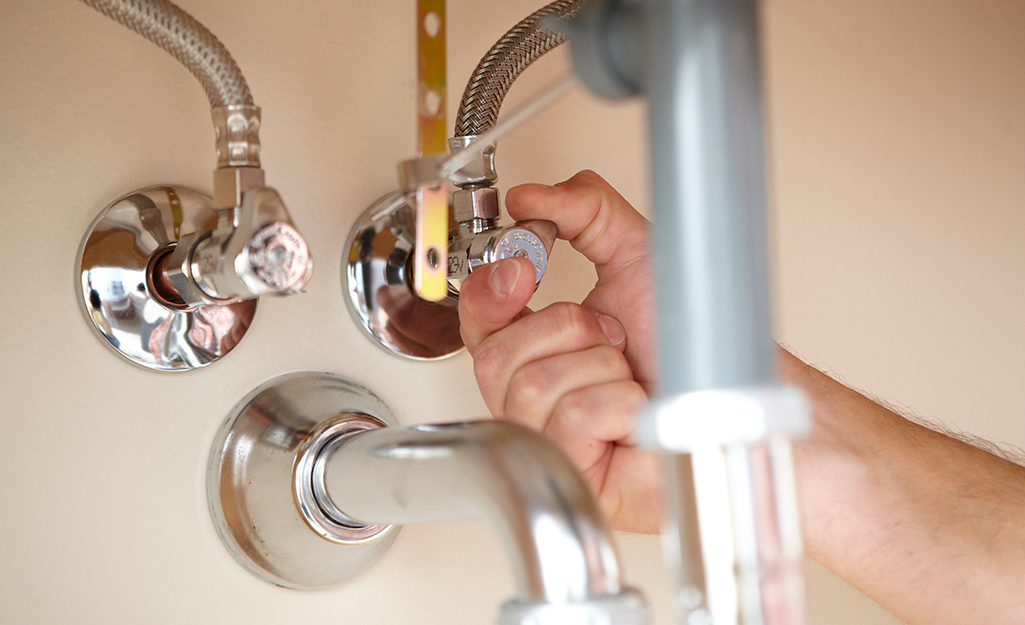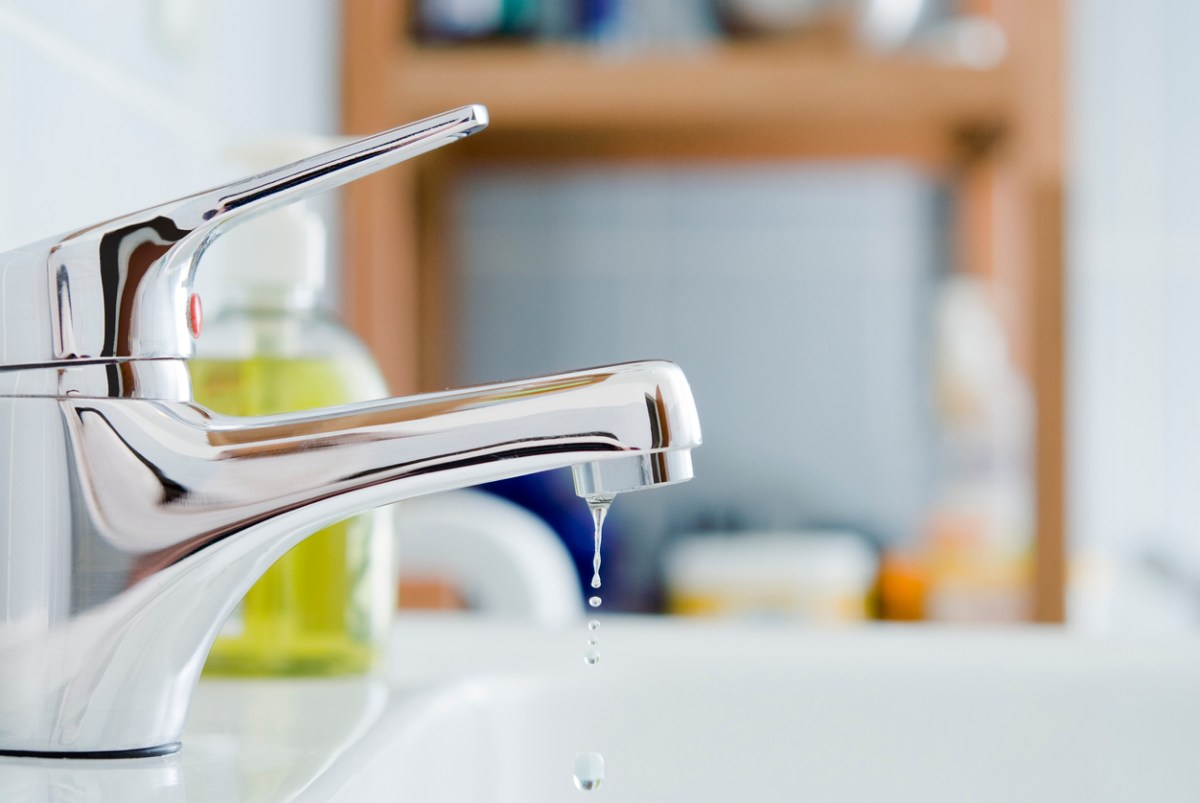What It's Vital to Repair a Faulty Faucet
What It's Vital to Repair a Faulty Faucet
Blog Article
The author is making a few good points on Why It's Important to Fix Leaky Faucets as a whole in the article down the page.

Dripping faucets could seem like a small hassle, however their influence surpasses just the nuisance of the audio. From drainage to incurring unneeded economic prices and health dangers, neglecting a trickling tap can cause numerous effects. In this article, we'll delve into why it's important to address this common household issue promptly and effectively.
Wastefulness of Water
Ecological Effect
Leaking faucets contribute dramatically to water waste. According to the Environmental Protection Agency (EPA), a single faucet trickling at one drip per secondly can squander more than 3,000 gallons of water each year. This not just strains water sources however also influences environments and wild animals based on them.
Step-by-Step Overview to Repairing a Dripping Tap
Tools Called for
Before trying to deal with a dripping tap, gather the needed devices, including a flexible wrench, screwdrivers, replacement components (such as washing machines or cartridges), and plumber's tape.
Common Faucet Issues and Their Solutions
Recognize the type of faucet and the certain issue triggering the drip. Typical troubles consist of worn-out washers, corroded valve seats, or damaged O-rings. Describe maker directions or on the internet tutorials for detailed assistance on repair services.
Financial Prices
Increased Water Bills
Past the ecological impact, leaking taps can inflate water expenses significantly. The built up wastefulness in time equates right into higher utility expenses, which might have been prevented with prompt fixings.
Potential Residential Property Damages
Moreover, long term dripping can cause damage to fixtures and surfaces bordering the tap. Water accumulation can create discoloration, corrosion, and even architectural problems if left unattended, causing extra repair work costs.
Wellness Worries
Mold and Mold Growth
The constant existence of wetness from a trickling tap creates a perfect setting for mold and mildew development. These fungis not just jeopardize indoor air top quality but also present health and wellness risks, particularly for people with respiratory conditions or allergic reactions.
Waterborne Conditions
Stagnant water in trickling taps can become a breeding place for microorganisms and various other pathogens, raising the risk of waterborne diseases. Impurities such as Legionella germs grow in stationary water, potentially causing major health problems when consumed or inhaled.
DIY vs. Professional Fixing
Benefits and drawbacks of Do It Yourself Fixing
While some might try to take care of a leaking tap themselves, do it yourself fixings feature their very own set of challenges. Without proper knowledge and devices, DIY attempts can worsen the issue or lead to insufficient repairs, prolonging the issue.
Advantages of Hiring a Professional Plumber
Employing an expert plumber makes certain that the underlying root cause of the leaking faucet is resolved efficiently. Plumbers possess the competence and tools to diagnose and repair faucet problems successfully, saving time and reducing the risk of further damages.
Ecological Obligation
Private Contribution to Preservation
Taking obligation for repairing dripping taps straightens with wider initiatives towards water conservation and environmental sustainability. Every person's actions jointly make a significant influence on protecting precious sources.
Sustainable Living Practices
By prioritizing punctual fixings and taking on water-saving habits, people contribute to sustainable living methods that benefit both present and future generations.
Safety nets
Routine Upkeep Tips
To prevent trickling faucets, do routine upkeep such as cleansing aerators, examining for leakages, and changing damaged parts without delay. Additionally, take into consideration installing water-saving devices or updating to extra efficient fixtures.
Value of Prompt Repairs
Dealing with leaking taps as quickly as they're noticed prevents additional water wastage and potential damage, ultimately saving both water and money in the long run.
Impact on Building Worth
Understanding of Well-Maintained Home
Preserving a building in good condition, consisting of attending to maintenance issues like trickling faucets, improves its perceived worth and charm among prospective customers or lessees.
Impact on Resale Worth
Qualities with well-kept plumbing fixtures, including taps, command greater resale values in the property market. Dealing with dripping taps can contribute to a positive impact during residential or commercial property evaluations and settlements.
Verdict
Attending to a dripping tap goes beyond plain benefit; it's a necessary action towards saving water, minimizing financial costs, and guarding health and wellness and home. Whether via do it yourself repairs or expert support, doing something about it to deal with trickling taps is a tiny yet impactful means to promote liable stewardship of resources and contribute to a healthier, more sustainable future.
How to Fix a Leaky Faucet: Step-by-Step Repair Guide
A leaky faucet may seem like a simple annoyance, but if it's not fixed promptly, that leak could cost hundreds to potentially thousands. From water damage to mold, mildew, and high water bills, even a tiny leak can be catastrophic if left unattended. Damage like this can even affect the overall value of your home, so it's important to take the right approach for leaky faucet repair. You may need the help of a plumber in some cases, but we've got a few tips you can try on how to fix a leaky faucet before calling the pros.
Four Faucet Types
When you're learning how to fix a leaky faucet, the first step is knowing what kind of faucet you're working with! There are four common types.
Cartridge Faucets
Cartridge faucets come in one- or two-handled varieties. In one-handled cartridge faucets, hot and cold water combines in a single cartridge. In the two-handled versions, hot and cold water are controlled separately and mixed in the faucet.
Ball Faucets
Ball faucets have a single lever you push up and down to adjust the pressure and rotate to change the temperature. A slotted metal ball controls the amount of water allowed into the spout.
Compression Washer Faucets
They're the oldest type of faucet, but they're still used in many homes — especially older ones. Compression faucets have two separate handles that, when turned, raise or lower the washer that seals a water valve. This valve stops water from flowing through the faucet when it is turned off.
Disc Faucets
Disc faucets rarely need to be repaired due to their maintenance-free design. The water flow is controlled by two discs — the upper one raises and lowers against a fixed lower disc, creating a watertight seal. If your disc faucet starts leaking, you may need to replace the seals or clean residue buildup from the inlets.
Fixing a Leaky Faucet
Step 1: Turn Off the Water
Whether you're learning how to fix a leaky bathtub faucet or how to fix a leaky kitchen faucet, always turn off the water supply to your working area when you're fixing a leak. The last thing you want is a flood added to your list of things to fix.
Look for the shutoff valves below your sink or around the tub and turn them clockwise to stop the water flow. If your faucet doesn't have shutoff valves, you may need to turn off the water for the whole house. Check to make sure it's off by turning the faucet on. If nothing comes out, you're ready to start the repair.
Step 2: Take Apart the Faucet
How you disassemble your faucet depends on the type of fixture you have. You can use a flathead screwdriver to remove the caps on top of the handle or handles for cartridge and compression faucets. Inside, you should see handle screws. Unscrew these with a screwdriver to remove the handle.
Disc- and ball-style faucets will typically have an inlet screw near the handle, and removing that will reveal the interior of the faucet.
Detach the Valve Stem
For cartridge- and compression-style faucets, you'll see the inner valve stem or cartridge once you remove the faucet handles. If you have a compression faucet, unscrew the brass valve stem. If you have a cartridge faucet, pull out the cartridge. If your cartridge has been in place for a while, it may require some tools or extra force to remove it due to mineral deposits.
Examine and Replace Parts
Once you've removed the parts, check them out to confirm what needs to be replaced. You may see corroded rubber washers, O-rings, stems, or cartridges. On a ball-style faucet, check the seats and springs for damage.
If you need to repair a leaky disc faucet, check the inlet and seals on the lower disc.
Once you determine what parts must be replaced, visit your local hardware store. Bring the damaged parts with you to ensure you can purchase the correct components to replace them.
Clean Valves and Faucet Cavity
If you've removed a stem or cartridge, you may notice mineral buildup in the faucet's threads. Use white vinegar to clean the valve seat by soaking it for a few minutes, then scrub it away with a soft toothbrush and rinse with warm water. You can also clean the interior of the faucet in the same way.
Reassemble the Faucet
Once your faucet is cleaned and the required parts have been replaced, it's time to reassemble it. Put the pieces back together and slowly turn the water supply back on. Doing this slowly is crucial because too much initial water pressure can damage the new hardware you've just installed.
https://homewarranty.firstam.com/blog/how-to-fix-leaky-faucet

As a person who reads on Leaky Faucets: Why They Happen & What to Do About Them, I imagined sharing that excerpt was a good idea. For those who appreciated our page plz make sure you remember to share it. I take joy in reading our article about Leaky Faucets: Why They Happen & What to Do About Them.
Report this page